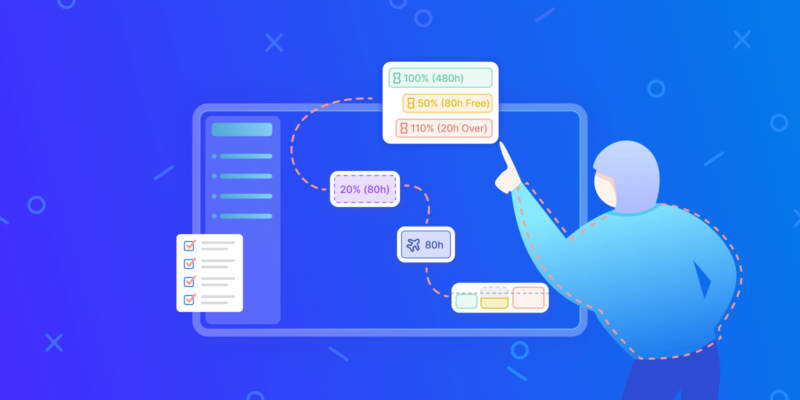Constructability, simply put, is the ease and efficiency with which a structure can be built. While the concept may seem straightforward, its application in project management is less common–surprisingly, 90% of contractors do not use constructability practices. However, integrating constructability into your projects can optimize efficiency, reduce waste, and help meet deadlines. In this article, we‘ll explore the origins, principles, and benefits of constructability, along with practical tips to incorporate it into your projects for better outcomes.
What is constructability?
Well, it is pretty much exactly what it sounds like – the ability to construct. A basic definition of constructability is: how efficiently and easily can a structure be built, and how to make it even more efficient and easier? That sounds rather straightforward, but how does it apply to project management?
The practice of constructability in project management is still relatively unpopular (for lack of industry awareness, not that it is a burden or anything that impedes success). 90% of contractors do not currently use constructability in their project management. So, we will go over the practice broadly, but with enough detail that you can quickly put it to use in your next project.
By the end of this article, you should not only have a coherent understanding of the value of constructability but also how to apply it to your project management.
First, some background...
Origins and overview of constructability
Construction projects are the largest human endeavors and achievements since the dawn of time. Every man-made article on our planet (and beyond when you include satellites, space shuttles, and such) has been first designed and then built. Everything from a #2 pencil or disposable lighter to the Eiffel Tower and Hubble telescope was planned and then created.
The modern concept of project management was first founded in the 1950s as a method to better achieve engineering feats. It uses organized, systematic processes to ensure timely and efficient completion of construction projects. Later, in the 1970s, there was an industry push for establishing a more efficient method of project management to tackle engineering project management and construction goals. That is when constructability was born.

As of this year, the construction sector is a 300+ billion dollar industry in the US alone. In such a massive industry there is enormous competition, so how can you manage your projects to stay ahead of the pack?
Constructability in Project Management
Constructability is a project management tool used during construction projects. Its primary aim is to gauge and determine the collective knowledge and experience of the project consultants, contractors, architects/designers, and clients in an effort to maximize efficiency, minimize waste, and complete construction projects on or ahead of schedule.
Think of project management as your road map. Constructability is planning the road trip with your friends, drawing the route on the map, packing up the car, and hitting the road.
The 3 tenets of constructability
Constructability can be summarized to achieve the assessment and implementation of three basic goals and practices:
1. Ease of construction: designing for simplicity and efficiency
The greatest level of ease with which a building‘s design will allow for construction while still meeting construction codes.
How to apply it:
- Engage contractors and construction experts early in the design phase to identify potential challenges. Their practical insights can help streamline complex designs. Use collaborative platforms and shared workspaces that allow multiple stakeholders to contribute their insights and feedback in real time. Tools like shared Gantt charts and project timelines help keep everyone aligned.
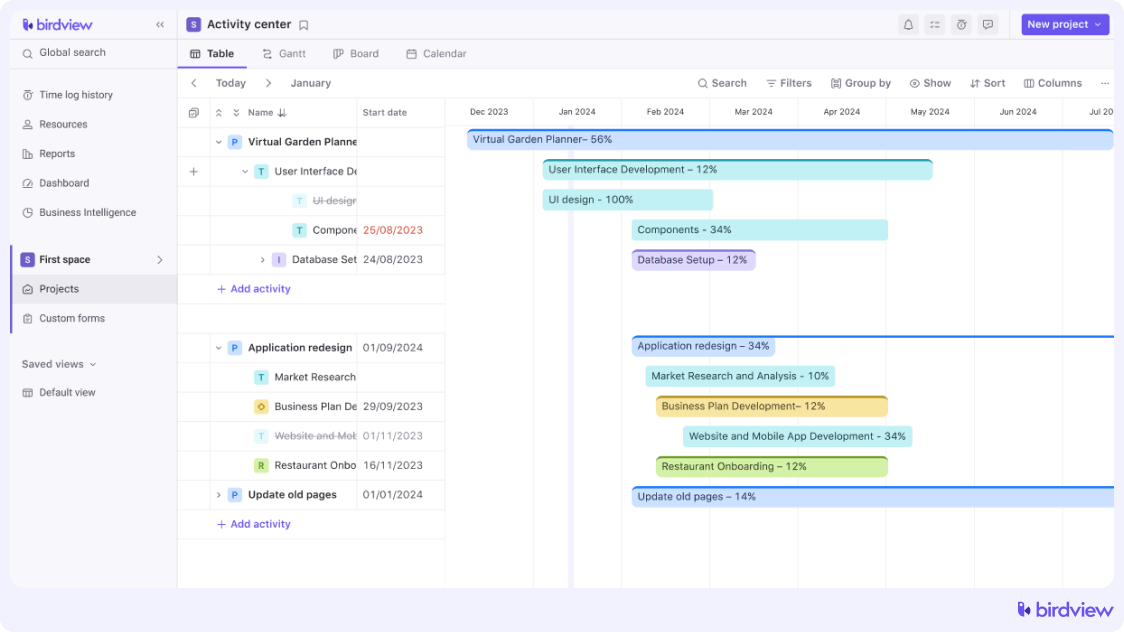
- Opt for simpler construction methods that still meet the design objectives. This could involve selecting materials that are easier to work with or choosing modular components that speed up assembly.
- Use standardized components and processes where possible. This reduces the learning curve for workers and speeds up the construction process, vital when tracking construction work hours efficiently to ensure projects remain on schedule. Implement standardized templates and task lists that can be reused across projects to maintain consistency and efficiency.
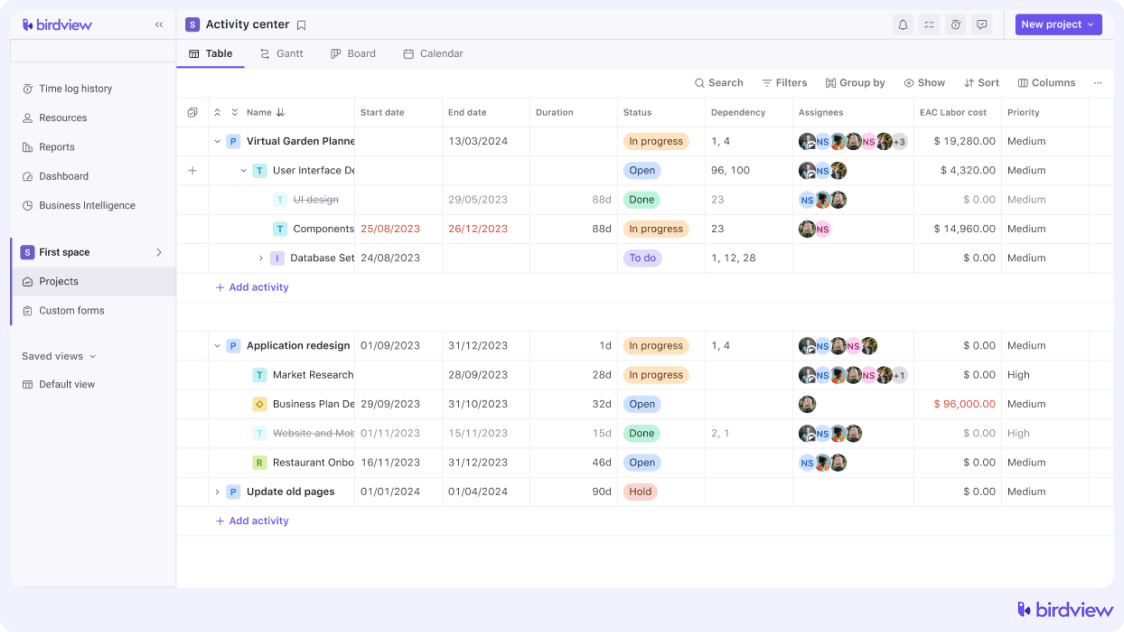
2. Team integration of construction knowledge during design: collaboration for better outcomes
Integrate a team of construction knowledge during the design phase to determine the most efficient means of construction while still achieving design goals. By involving all stakeholders–architects, engineers, contractors, and clients–early on, you can identify and address potential issues before they escalate into costly problems.
How to apply it:
- Form cross-disciplinary teams that include members from all key areas–design, engineering, construction, and client representatives. This ensures that all perspectives are considered. Use role-based access control to ensure that team members can easily contribute to the project within their expertise while keeping sensitive information secure.
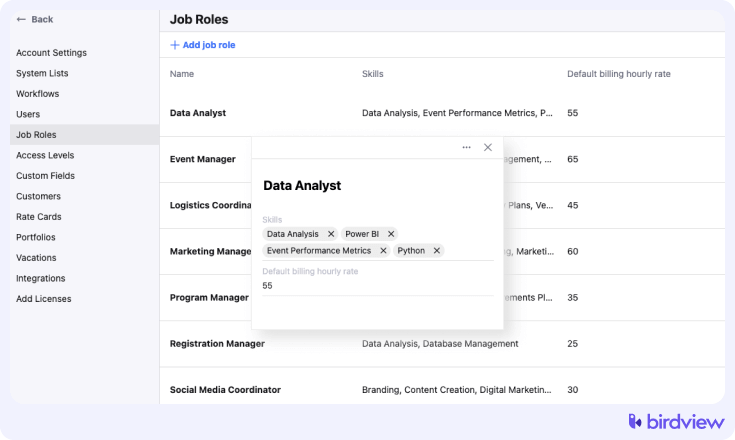
- Schedule regular constructability reviews during the design phase. These reviews should assess whether the design is feasible, cost-effective, and aligned with the project‘s overall goals. Set up automated reminders and milestones for constructability reviews, ensuring they happen on time and that all relevant documents are available for review.
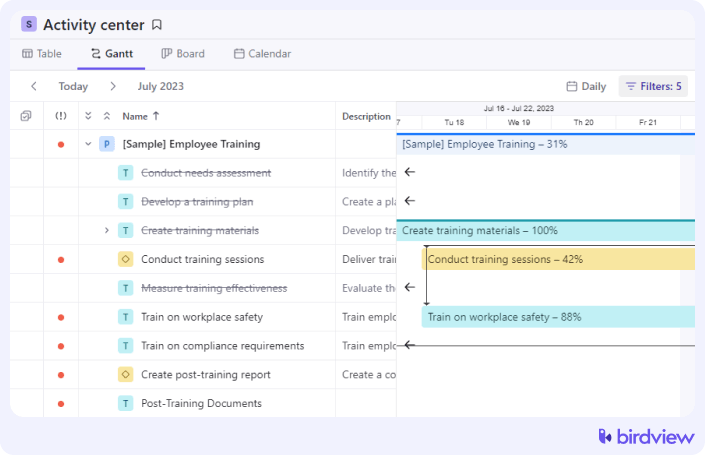
- Leverage Building Information Modeling (BIM) tools to create detailed 3D models that everyone can review and comment on. BIM allows for real-time collaboration and problem-solving.
3. Environmental responsibility: minimizing impact while maximizing efficiency
The third tenet of constructability focuses on reducing the environmental impact of construction activities. This involves planning and executing projects in a way that minimizes waste, conserves resources, and reduces energy consumption.
How to apply it:
- Choose materials that are eco-friendly and sustainable. This could include recycled materials or those with a lower carbon footprint.
- Develop and implement comprehensive waste management plans that focus on reducing, reusing, and recycling materials on-site.
- Optimize construction methods to reduce energy consumption. This might involve using energy-efficient machinery or scheduling work during times of day when energy demand is lower.
Constructability and social/environmental responsibility
It‘s no secret that the construction industry is known as one of the leading contributors to environmental waste and energy depletion. After all, cranes and cement trucks are not run on solar power (yet...). Consider the current statistics on the construction sector‘s impact on resources: 50% of nature‘s resources; 40% of global energy consumption; 50% of global waste.
In the present socio-economic climate pushing for every man, woman, child, and contractor to “Go Green“, the practice of constructability in project management has never been more valuable.
Benefits of constructability beyond cost savings
The benefits reaped from proper implementation of constructability are both physical and conceptual. Efficiently, quickly executed projects completed with constructability don‘t only get everyone a rewarding payday, but fortify the reputations of each party involved in the project.
The ability to complete a project on time, and save on costs is one immediate benefit to your team‘s reputation. Everyone likes saving money, especially if it‘s in the seven-figures for large-scale projects.
By using the most spartan of equipment and materials in place of costly, needlessly complex gear, teams demonstrate to prospective clients that they can accomplish design and construction goals that are not only cost-effective, but by using constructability during design, planning, and building, waste is further reduced, which makes for an attractive final project.
Putting constructability into practice
So, you are familiar with project management for organizing your timeline, monitoring progress, and assigning tasks. Now, how do you actually use constructability?
First of all, constructability is a tool for perpetual review of the project during design, planning, building, and completion. Especially if you are implementing constructability in your project management for the first time, we recommend using a checklist approach for each step of the way. A checklist is a simple way to ensure that you are achieving the goals of cost-saving, energy efficiency, and waste management while still meeting design goals. The following are some of the most important reviews (but not all) that should be performed during your project management:
Design Stage
- Review (between contractor, client, consultants and architects/designers) whether the construction design is realistic or not; architects can sometimes get carried away, and contractors know what is feasible or not
- Review whether the design can be executed within budget
- Review whether the design will take longer to execute than time afforded to the project

Planning Stage
- Review which materials will be necessary to complete the design, and which are the most cost effective while still achieving the design-vision
- Review which equipment is necessary to achieve construction, and which can be done without; eliminate luxury but non-essential construction equipment
- Perform a cost/benefit analysis on equipment quantity demands (i.e. will using one tractor for multiple roles which takes more time, saves more project money than investing in multiple tractors for accomplishing individual roles more quickly?)
- Review proposed site soil composition, and how it will impact building
Building Stage
- Review how quickly the contractor is performing the construction, whether it is on schedule or falling behind
- Review whether design expectations are being met
- Review how construction waste is being managed
- Review again if there is any extraneous, non-essential equipment being used during site construction
Ready to incorporate constructability?
Remember how we mentioned that 90% of contractors do not yet use constructability in their project management? Use this to your advantage. On average, projects that use constructability are more likely to finish on time and save the project money. The collaborative efforts between parties involved, along with enhanced communication, and mutual agreement between all parties before moving forward each step of the way enhances efficiency.
By reducing waste and saving on energy expenditure, while keeping costs low, will turn you into a scion in the building sector. Take full advantage of constructability while the other guys are still lagging behind.
Enhance your project’s success with Birdview PSA’s Constructability Analysis. Streamline your construction process, reduce costs, and boost efficiency.

